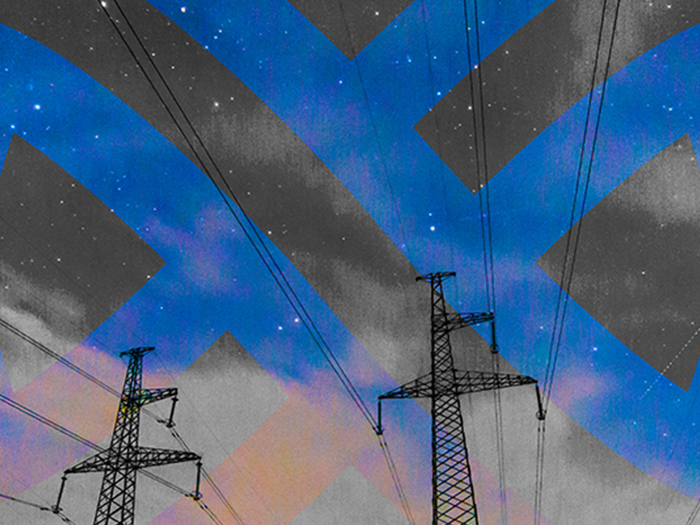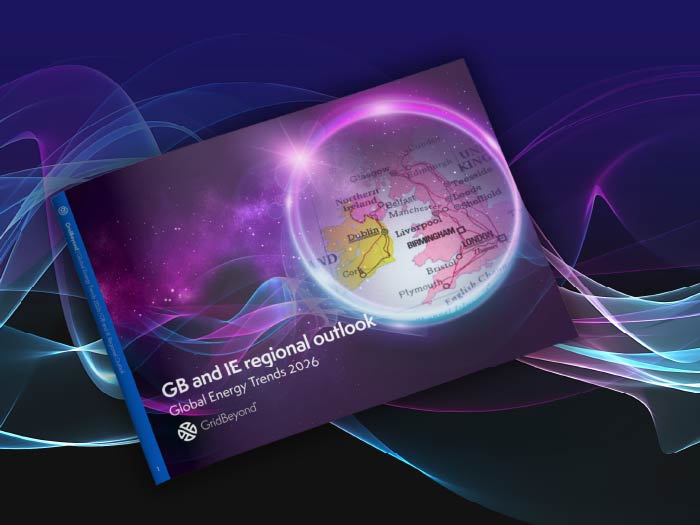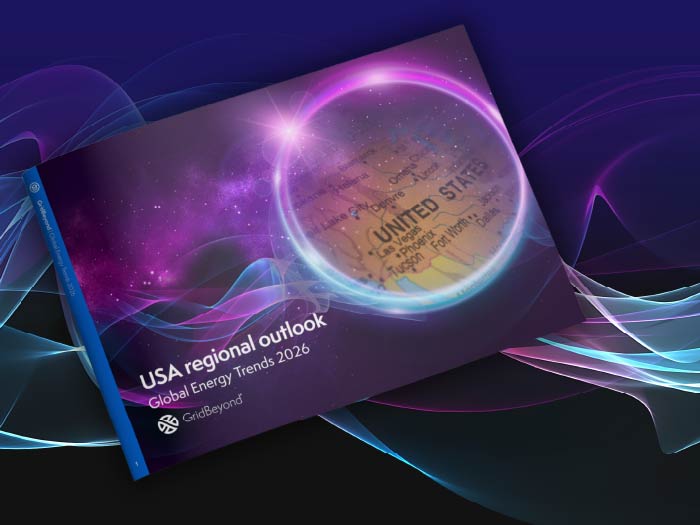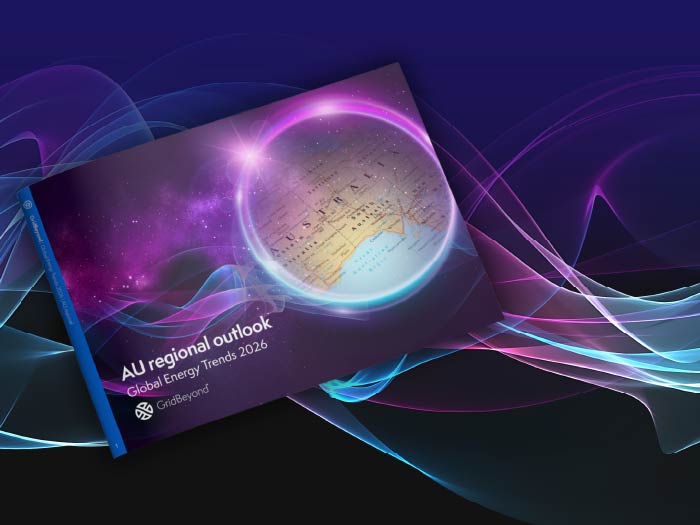News
better business decisions
Posted 3 months ago | 6 minute read

Demand response: what it is, how it works, and why it matters
Demand response is a way for electricity consumers to adjust their usage during peak demand periods. Instead of utilities generating more power, demand response helps shift or reduce energy consumption to balance the grid, lower costs, and improve reliability. In this article we explore what demand response is, how it works, why it matters and how businesses can get involved to reduce energy costs and gain new revenues.
What is demand response?
Demand side response is the temporary adjustment of electricity use by consumers in response to signals from a utility or grid operator. It covers a range of services that help balance the power grid.
It is used for two main reasons:
- peak demand reduction: the electricity system is built with enough capacity to meet the maximum demand it experiences. However, this peak demand is often only experienced for short periods of time. Demand response can be used to move demand away from these peak times, reducing the local network and infrastructure capacity needed.
- Supply and demand balancing: intermittent generators such as wind turbines and solar panels cannot adjust their output based on demand. Demand response can be used to move electricity demand to times of high output from intermittent renewable generators. For example, encouraging electricity use in the middle of the day when solar generation is highest. Shifting demand in this way reduces the need for additional non-renewable generation capacity used only at peak periods.
How demand response works
Demand response works by financially incentivising participants to reduce their demand on grid-supplied electricity at times when the grid faces stress.
For example, if an energy intensive business can reduce its energy consumption at times of peak demand on the grid, or at times of reduced renewable generation, the grid operator will reward business for the amount they reduce. This can be by reducing the load used on site, or by switching to using on-site generation (such as combined heat and power) or drawing from energy storage (such as a behind-the-meter battery).
This provides businesses with an additional revenue stream and, when working with the right energy partner, reduces overall electricity costs too. The financial and operational benefits can be very significant.
Demand response programs generally follow a simple process:
- signal: the utility or grid operator forecasts high demand.
- notification: enrolled customers receive alerts through apps, emails, or automated systems
- action: enrolled customers reduce or shift their energy use (e.g., delaying EV charging, adjusting asset operation or switching to self-generation or on-site battery storage for their site demand)
- Result: grid power demand decreases, keeping the grid balanced and overall costs lower, while businesses enrolled in the demand response program receive revenues for their response.
Benefits of demand response
Demand response delivers several important benefits for both consumers and the grid. By reducing or shifting electricity use during peak hours, it helps maintain grid reliability and lowers the risk of blackouts. This also creates cost savings, since avoiding the use of expensive peaker plants and delaying new infrastructure investments keeps overall energy costs down, with many programs passing savings back to customers through lower bills or incentives.
Another major advantage is the ability to support renewable energy integration. Because solar and wind power are variable, demand response provides flexibility by aligning electricity consumption with periods of high renewable generation. Finally, reducing reliance on fossil-fuel plants during peak times leads to lower emissions and cleaner air, making demand response an essential tool for building a more sustainable energy system.
Challenges
While demand response offers clear benefits, there are several challenges that can limit its effectiveness.
One issue is customer participation: programs rely on people and businesses being willing to adjust their habits, and not all customers are aware of or motivated to join. Another challenge is the technology required, since smart meters, connected devices, and automated controls are often necessary to make participation seamless.
Finally, demand response programs operate within specific policy and market frameworks, which vary by region. Regulations, utility incentives, and market rules can either encourage adoption or create barriers to widespread use.
How does GridBeyond bring value?
Demand response is a vital component of modern energy systems, offering benefits such as improved grid reliability, cost savings, environmental impact reduction, and support for renewable energy integration. However, to fully realise these benefits, advanced solutions are necessary. This is where GridBeyond’s combination of automation and digital twin technology gives our partners a clear advantage.
Our AI-powered platform connects directly to your energy-intensive assets, enabling fully automated dispatch in response to grid signals, often within seconds. This removes the risk of manual delays, ensures compliance with tighter performance standards, and maximises every revenue opportunity, even as dispatches become more frequent and requirements more demanding.
By creating a digital twin of your site, we can model and simulate asset behaviour across different market scenarios without disrupting operations. This allows us to:
- test response strategies before they go live
- predict the financial impact
- optimise asset use across multiple programmes and sites simultaneously; balancing demand response, wholesale market trading, capacity market commitments, and ancillary services to extract maximum combined value
This advanced visibility means we can continuously adapt your participation strategy, making sure revenues are not only protected but grown over time.
Get started
- identify assets: contact us to discuss your business needs with our experts, who will help you identify your suitable assets and establish a flexibility profile that suits your business. Our engineers will then calculate your potential markets, revenues and savings
- create a bespoke energy journey plan: our team will develop a bespoke plan, from proposal and procurement to installation, including any third-party requirements, and delivery of revenues and savings year after year. We’ll work with you to establish your sites energy profiles, defining constraints and operational priorities
- installation: with no capital outlay for the customer, we install and configure our high-end technology platform to connect suitable energy intensive assets
- real-time response: once connecting and testing is completed, you are ready to make the most of your energy in real-time, without risk or impact to your productivity. Now your site is being monitored, we can also start to look at operational efficiency and optimisation programmes
- delivering benefits: our customers start receiving revenues, generating savings and optimising energy use within one month. All whilst boosting green credentials and reducing their carbon footprint.





